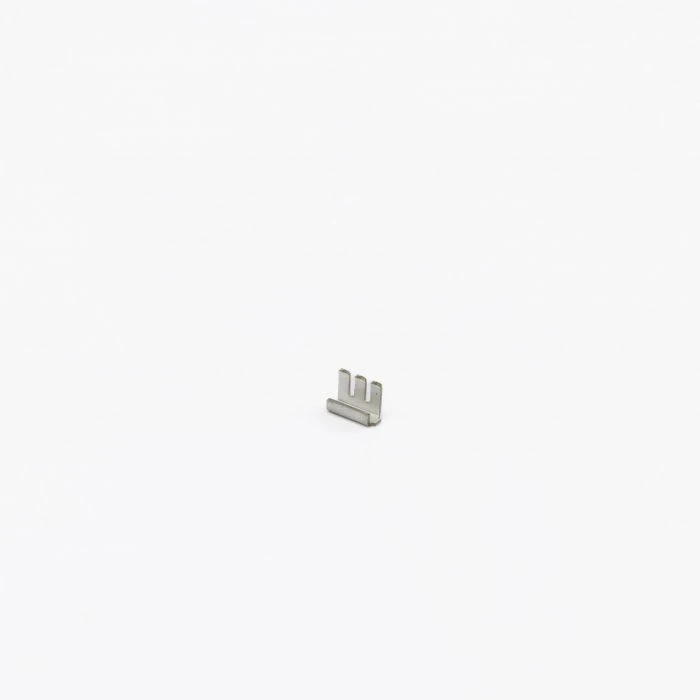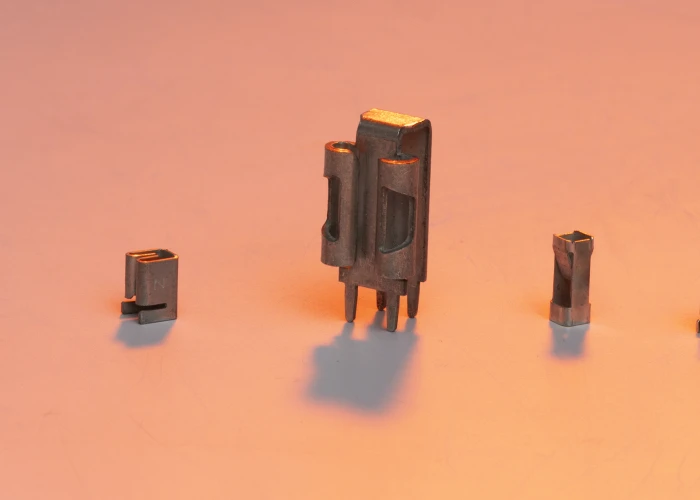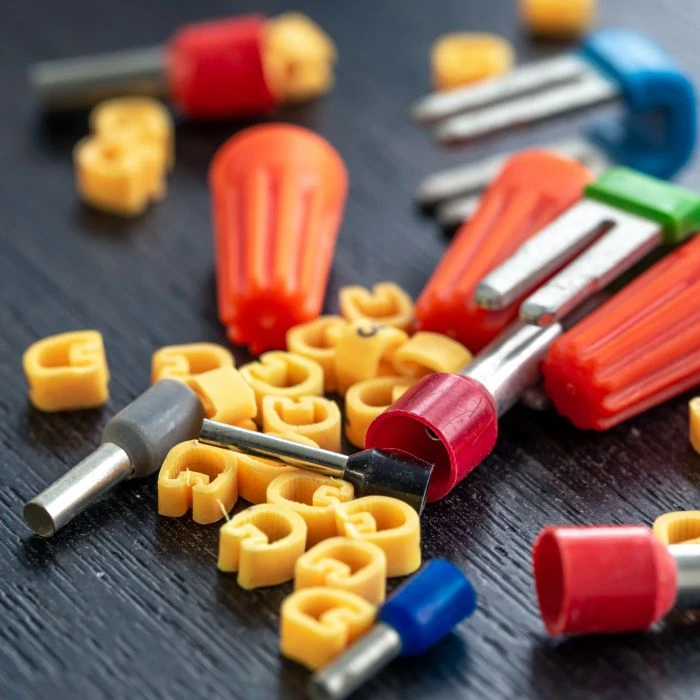For any printed circuit board (PCB) being constructed or assembled, the correct mounting hardware can make the difference in terms of performance, reliability, and lasting service life. Whether you’re using a mainboard PCB or a small pcboard design, the PCB board pins can keep your parts safe and sound so your elements don’t get damaged due to physical elements or heat.
This article will help you identify the PCB mounting hardware required and how to select the right components while considering specific application requirements, along with understanding the impact of options like standoffs, PCB connectors, spacers, and terminals on your finished product.
Why PCB mounting hardware matters
The PCB is connected to its housing or other mechanical elements via fixing hardware. It provides support, insulation, and even heat distribution. The proper setup is crucial to minimizing vibration, thermal expansion, and electrical shorts. Misuse of hardware can lead to cracked circuit boards, broken solder joints, shorts that result in metal enclosures touching, etc.
The importance of quality PCB hardware extends across industries, especially in automotive, aerospace, industrial, and consumer electronics, where reliability and performance are critical.
Types of PCB mounting hardware
The ideal type of mounting hardware will be influenced by the board design, enclosure, and electrical requirements. Here are the most popular types:
Standoffs
Standoffs are threaded or unthreaded spacers designed to distance, space, support, or connect electronic assemblies, two or more stacked printed circuit boards (PCBs), or machine components, primarily in computer and electronic assemblies and in panels or enclosures with square or round holes. They stabilize and support the board mechanically while providing airflow under the board.
Spacers
Similar to standoffs but typically non-threaded, spacers offer structural support and help maintain consistent height between stacked boards or between the PCB and its chassis.
Mounting clips and retainers
These snap-in modules hold the board in place without need for tools or screws. Fast and flexible mounting, perfect for lightweight or modular arrangements.
PCB supports
Snap-in supports offer non-threaded mechanical retention. A common application for these bearings is for boards with minimal vibration or in plastic housings.
Press-fit and soldered terminals
In some applications, mounting hardware may also function as an electrical component. PC board terminals are available as press-fit (tool-less, interference fit) or soldered. Press-fit alternatives offer instant installation and reflow capability, reducing risk; soldered terminals give a strong and reliable electrical connection.
Zierick offers several different press-fit and solderable solutions that will match your requirements, including printed circuit board hardware tailored to various mounting heights and loads.
Key specifications to consider
PCB mounting hardware is NOT created equally. The following technical specifications should help you choose parts for your PCB board mounting:
Mounting height
The height between the PCB and the enclosure could influence airflow, heat dissipation, and connector location. Precise height is critical in stacked assemblies or small enclosures.
Insulation properties
Choose spacers and standoffs that are nonconductive when you need to insulate. By selecting non-metal hardware, plastic, nylon, or even ceramics, the potential for unintended shorts or arcing can be minimized.
Material strength
Physically, what is happening in your environment? Are you experiencing vibration, shock, thermal cycling? You may require metal or reinforced plastic parts. The main reason for using metal fittings is strength and longevity; conversely, we can opt for plastic if insulation is desired or to reduce weight.
Conductivity
Certain applications necessitate a conductive mount to an interface (e.g., grounding via a metal standoff). Other times, good insulation is preferable, especially to minimize signal crosstalk or shorts.
Mounting method
Press-fit hardware that can minimize installation time and prevent heat damage to fragile equipment. However, soldered/screwed components can provide greater mechanical security in high-vibration environments.
When to use press-fit vs. soldered terminals
Here, it would again depend on the application, labor rates, and performance considerations as to whether to stipulate press-fit or soldered pc board terminals.
- Opt for press-fit when you need fast assembly and quick, easy replacement in high-volume production environments.
- Choose soldered where you want the best mechanical (long-term) connection, thick copper, or for high current.
Luckily, Zierick has both, so it’s really up to you to decide which is the right option for your PCB hardware.
How mounting hardware helps reduce vibration and heat damage
Some serious long-term issues of bad mounting are, for instance, component fatigue, solder joint fractures, and thermal cycling damage. To easily avoid these issues, be sure to use correct PCB mounting hardware. They help with:
- Absorbing vibration with compliant or cushioned supports.
- Keep away from metallic enclosures that may cause electrical shorts.
- Maintaining good ventilation between boards and elements.
- Keeping the structure alignment within stacked configurations.
For instance, to minimize the mechanical stress that may crack or displace the surface mount devices, nylon-type spacers are often utilized in low-profile pcboard assembly.
Application example: choosing hardware for a mainboard PCB
As a rule, mainboards feature high component density, a lot of attachment points, and a high demand for thermal management. Desirable mounting fasteners for such applications should:
- Be strong enough to take the board and connectors’ weight rattling around.
- Provide insulation on critical areas to avoid electrical shorts.
- Keep mounting height accurate. Perfectly match external ports and cooling system.
In any case, go with an all-metal stand-off with a non-magnetic washer or an electrically isolated press-fit terminal for better reliability and ease of connecting.
Build smarter with better hardware
Investing in the right PCB mounting hardware (such as PCB board pins, connectors, and other PCB hardware) pays off in performance, reliability, and reduced rework. When procurement teams and engineers understand the types of hardware styles on the market, spec values to consider, and when to employ a given style, they can make more informed sourcing choices.
Zierick is pleased to provide U.S.-made printed circuit board hardware to electronic manufacturing companies. Our products are engineered for quality, performance, and value in the real world.
Shop our catalog to find mounts for your next mainboard assembly or production run build.






